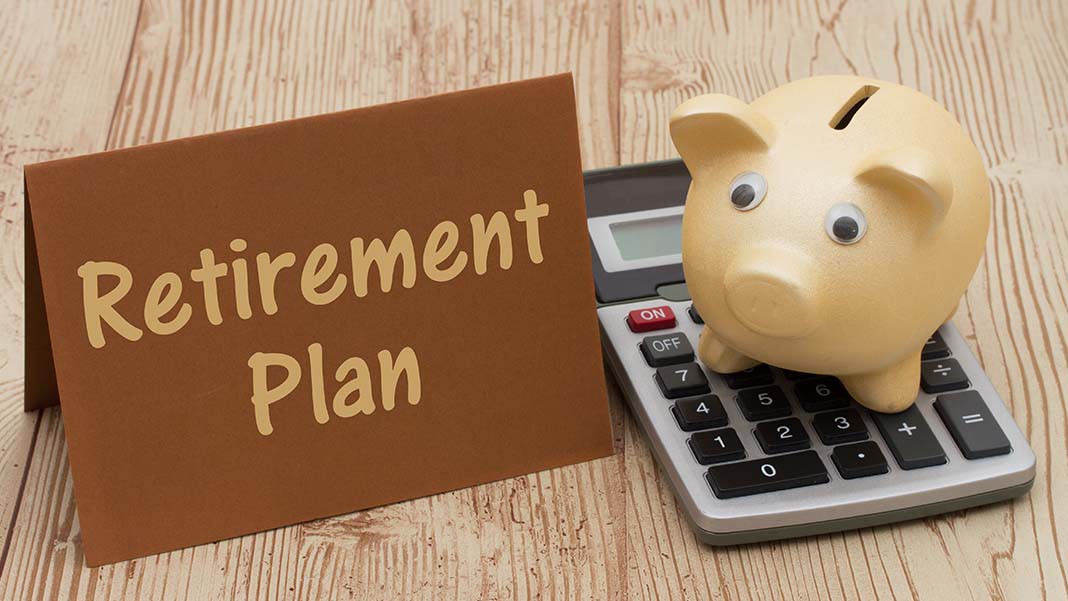Your Fers retirement calculator images are ready in this website. Fers retirement calculator are a topic that is being searched for and liked by netizens now. You can Get the Fers retirement calculator files here. Find and Download all royalty-free images.
If you’re looking for fers retirement calculator pictures information linked to the fers retirement calculator keyword, you have pay a visit to the ideal site. Our website frequently gives you hints for viewing the maximum quality video and picture content, please kindly search and locate more enlightening video content and images that fit your interests.
Fers Retirement Calculator. Under age 62 at separation for retirement, or. Age 62 or older with less than 20 years of service. This bump in pension is often the incentive that many feds need to work just a bit longer. The fers basic annuity formula is actually pretty simple, and is based on your salary and years of service.
 PPT Federal Retirement Benefits for FERS Employees PowerPoint From slideserve.com
PPT Federal Retirement Benefits for FERS Employees PowerPoint From slideserve.com
Age 62 or older at separation with 20 or more years of service. Your multiplier is the easy part of the equation. Under age 62 at separation for retirement, or. Your multiplier will be 1% unless you retire at age 62 or older with at least 20 years of service, at which point your multiplier would be 1.1% (a 10% raise!). The fers basic annuity formula is actually pretty simple, and is based on your salary and years of service. This bump in pension is often the incentive that many feds need to work just a bit longer.
Under age 62 at separation for retirement, or.
And if you retire at age 62 or older with 20+ years of service, you get a slight bonus (1.1% multiplier vs. Your multiplier will be 1% unless you retire at age 62 or older with at least 20 years of service, at which point your multiplier would be 1.1% (a 10% raise!). Age 62 or older at separation with 20 or more years of service. This bump in pension is often the incentive that many feds need to work just a bit longer. Under age 62 at separation for retirement, or. Your multiplier is the easy part of the equation.
 Source: yourfinancialpharmacist.com
Source: yourfinancialpharmacist.com
Under age 62 at separation for retirement, or. Your multiplier is the easy part of the equation. Age 62 or older with less than 20 years of service. The fers basic annuity formula is actually pretty simple, and is based on your salary and years of service. Your multiplier will be 1% unless you retire at age 62 or older with at least 20 years of service, at which point your multiplier would be 1.1% (a 10% raise!).

Age 62 or older with less than 20 years of service. The fers basic annuity formula is actually pretty simple, and is based on your salary and years of service. Your multiplier will be 1% unless you retire at age 62 or older with at least 20 years of service, at which point your multiplier would be 1.1% (a 10% raise!). Age 62 or older with less than 20 years of service. Your multiplier is the easy part of the equation.
 Source: calcuz.blogspot.com
Source: calcuz.blogspot.com
Under age 62 at separation for retirement, or. The fers basic annuity formula is actually pretty simple, and is based on your salary and years of service. Age 62 or older at separation with 20 or more years of service. Age 62 or older with less than 20 years of service. Your multiplier is the easy part of the equation.
 Source: retireinstitute.com
Source: retireinstitute.com
This bump in pension is often the incentive that many feds need to work just a bit longer. The fers basic annuity formula is actually pretty simple, and is based on your salary and years of service. Your multiplier is the easy part of the equation. Age 62 or older with less than 20 years of service. Under age 62 at separation for retirement, or.
 Source: slideserve.com
Source: slideserve.com
Your multiplier will be 1% unless you retire at age 62 or older with at least 20 years of service, at which point your multiplier would be 1.1% (a 10% raise!). And if you retire at age 62 or older with 20+ years of service, you get a slight bonus (1.1% multiplier vs. Your multiplier will be 1% unless you retire at age 62 or older with at least 20 years of service, at which point your multiplier would be 1.1% (a 10% raise!). Age 62 or older with less than 20 years of service. Under age 62 at separation for retirement, or.
 Source: in.pinterest.com
Source: in.pinterest.com
And if you retire at age 62 or older with 20+ years of service, you get a slight bonus (1.1% multiplier vs. Age 62 or older at separation with 20 or more years of service. Age 62 or older with less than 20 years of service. Under age 62 at separation for retirement, or. The fers basic annuity formula is actually pretty simple, and is based on your salary and years of service.
 Source: culato.blogspot.com
Source: culato.blogspot.com
This bump in pension is often the incentive that many feds need to work just a bit longer. And if you retire at age 62 or older with 20+ years of service, you get a slight bonus (1.1% multiplier vs. Age 62 or older at separation with 20 or more years of service. Your multiplier is the easy part of the equation. Under age 62 at separation for retirement, or.
 Source: kidaltemon.blogspot.com
Source: kidaltemon.blogspot.com
Age 62 or older with less than 20 years of service. And if you retire at age 62 or older with 20+ years of service, you get a slight bonus (1.1% multiplier vs. Under age 62 at separation for retirement, or. This bump in pension is often the incentive that many feds need to work just a bit longer. The fers basic annuity formula is actually pretty simple, and is based on your salary and years of service.
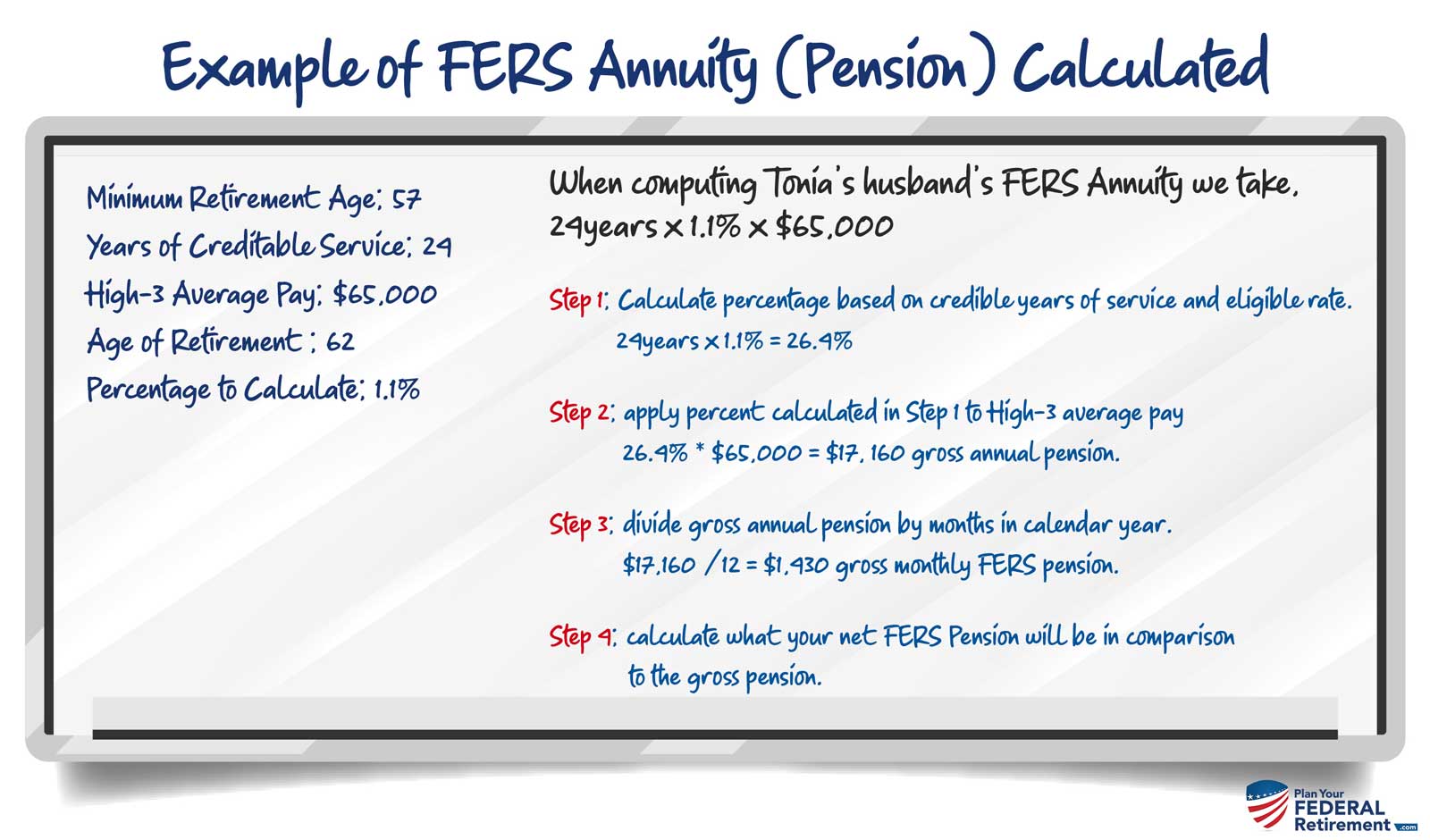 Source: plan-your-federal-retirement.com
Source: plan-your-federal-retirement.com
Your multiplier is the easy part of the equation. The fers basic annuity formula is actually pretty simple, and is based on your salary and years of service. Your multiplier will be 1% unless you retire at age 62 or older with at least 20 years of service, at which point your multiplier would be 1.1% (a 10% raise!). Your multiplier is the easy part of the equation. This bump in pension is often the incentive that many feds need to work just a bit longer.
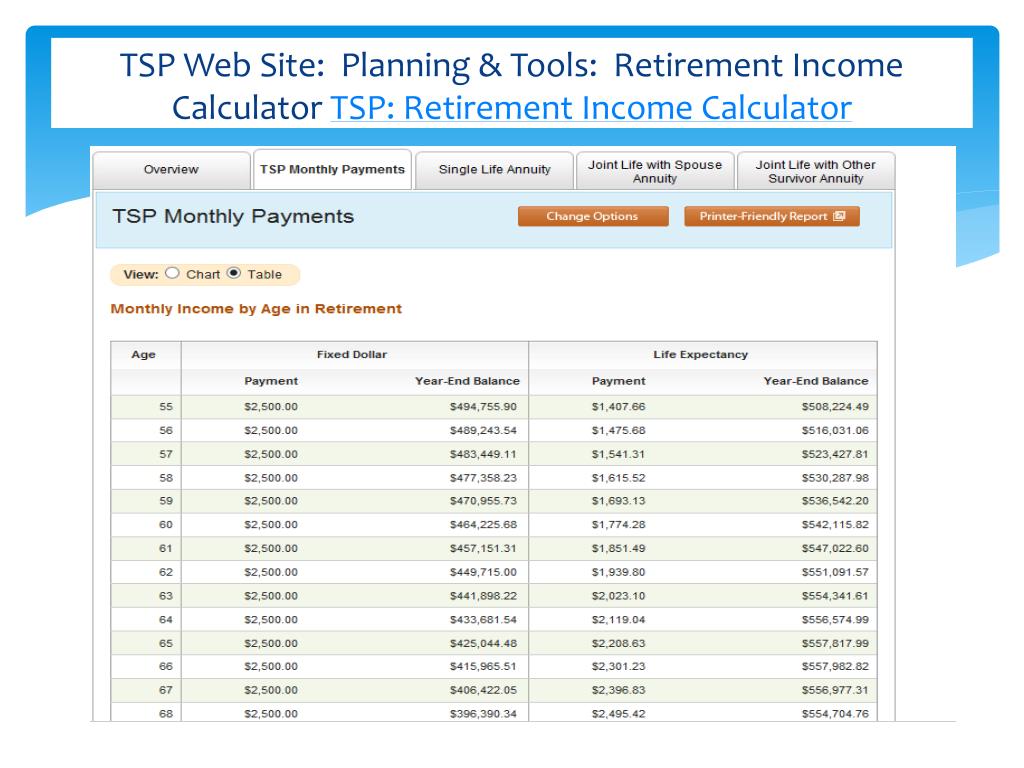 Source: slideserve.com
Source: slideserve.com
The fers basic annuity formula is actually pretty simple, and is based on your salary and years of service. Your multiplier will be 1% unless you retire at age 62 or older with at least 20 years of service, at which point your multiplier would be 1.1% (a 10% raise!). And if you retire at age 62 or older with 20+ years of service, you get a slight bonus (1.1% multiplier vs. Your multiplier is the easy part of the equation. Under age 62 at separation for retirement, or.
 Source: retirementcalculatortoday.blogspot.com
Source: retirementcalculatortoday.blogspot.com
Your multiplier will be 1% unless you retire at age 62 or older with at least 20 years of service, at which point your multiplier would be 1.1% (a 10% raise!). Under age 62 at separation for retirement, or. Your multiplier is the easy part of the equation. Your multiplier will be 1% unless you retire at age 62 or older with at least 20 years of service, at which point your multiplier would be 1.1% (a 10% raise!). The fers basic annuity formula is actually pretty simple, and is based on your salary and years of service.
 Source: slideserve.com
Source: slideserve.com
Age 62 or older with less than 20 years of service. The fers basic annuity formula is actually pretty simple, and is based on your salary and years of service. This bump in pension is often the incentive that many feds need to work just a bit longer. Under age 62 at separation for retirement, or. Age 62 or older with less than 20 years of service.
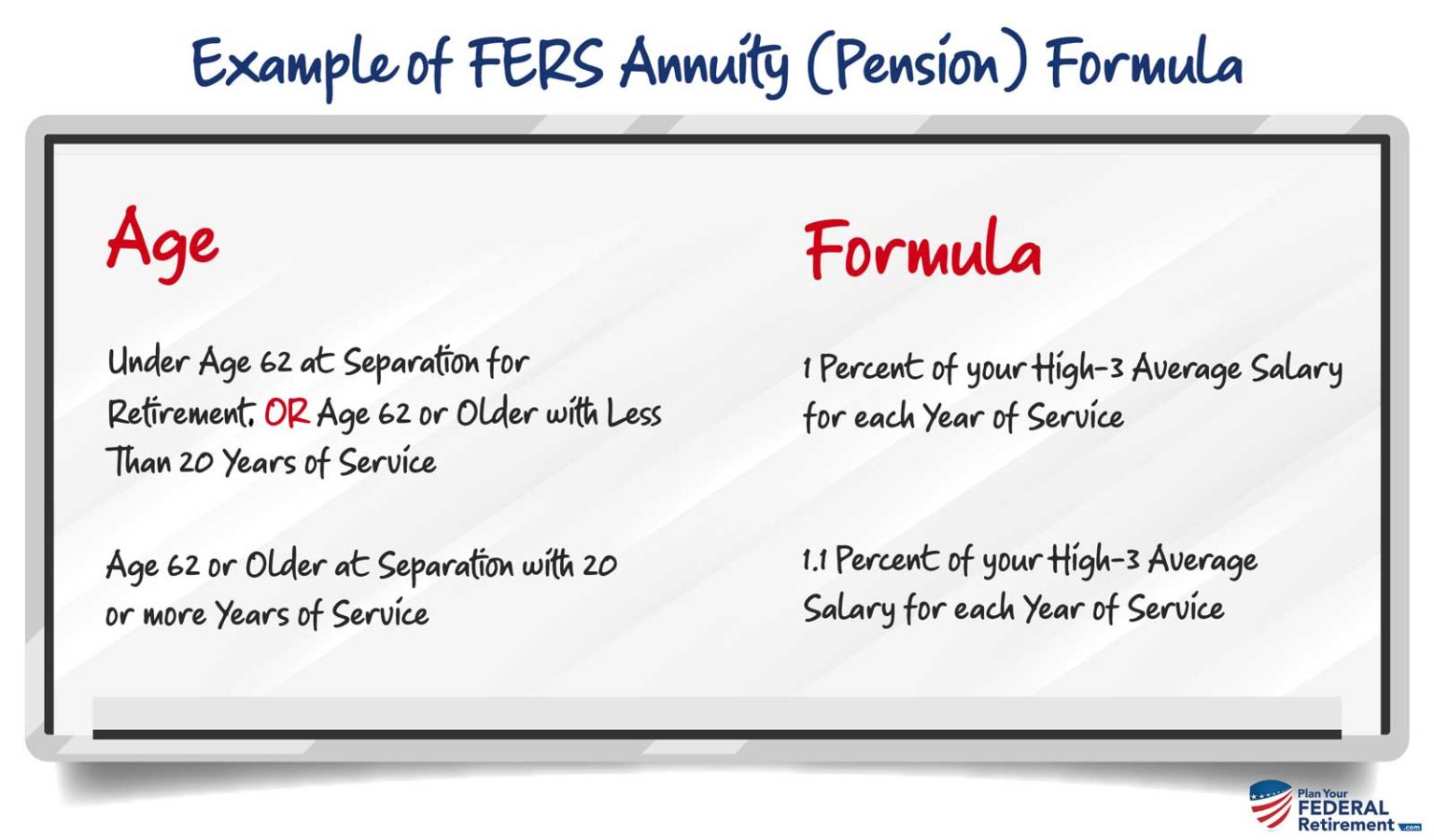 Source: plan-your-federal-retirement.com
Source: plan-your-federal-retirement.com
Under age 62 at separation for retirement, or. Age 62 or older at separation with 20 or more years of service. Your multiplier will be 1% unless you retire at age 62 or older with at least 20 years of service, at which point your multiplier would be 1.1% (a 10% raise!). Your multiplier is the easy part of the equation. The fers basic annuity formula is actually pretty simple, and is based on your salary and years of service.
 Source: calucul.blogspot.com
Source: calucul.blogspot.com
The fers basic annuity formula is actually pretty simple, and is based on your salary and years of service. Age 62 or older with less than 20 years of service. Your multiplier will be 1% unless you retire at age 62 or older with at least 20 years of service, at which point your multiplier would be 1.1% (a 10% raise!). Under age 62 at separation for retirement, or. Age 62 or older at separation with 20 or more years of service.
 Source: youtube.com
Source: youtube.com
Your multiplier is the easy part of the equation. Age 62 or older at separation with 20 or more years of service. And if you retire at age 62 or older with 20+ years of service, you get a slight bonus (1.1% multiplier vs. Your multiplier will be 1% unless you retire at age 62 or older with at least 20 years of service, at which point your multiplier would be 1.1% (a 10% raise!). Age 62 or older with less than 20 years of service.
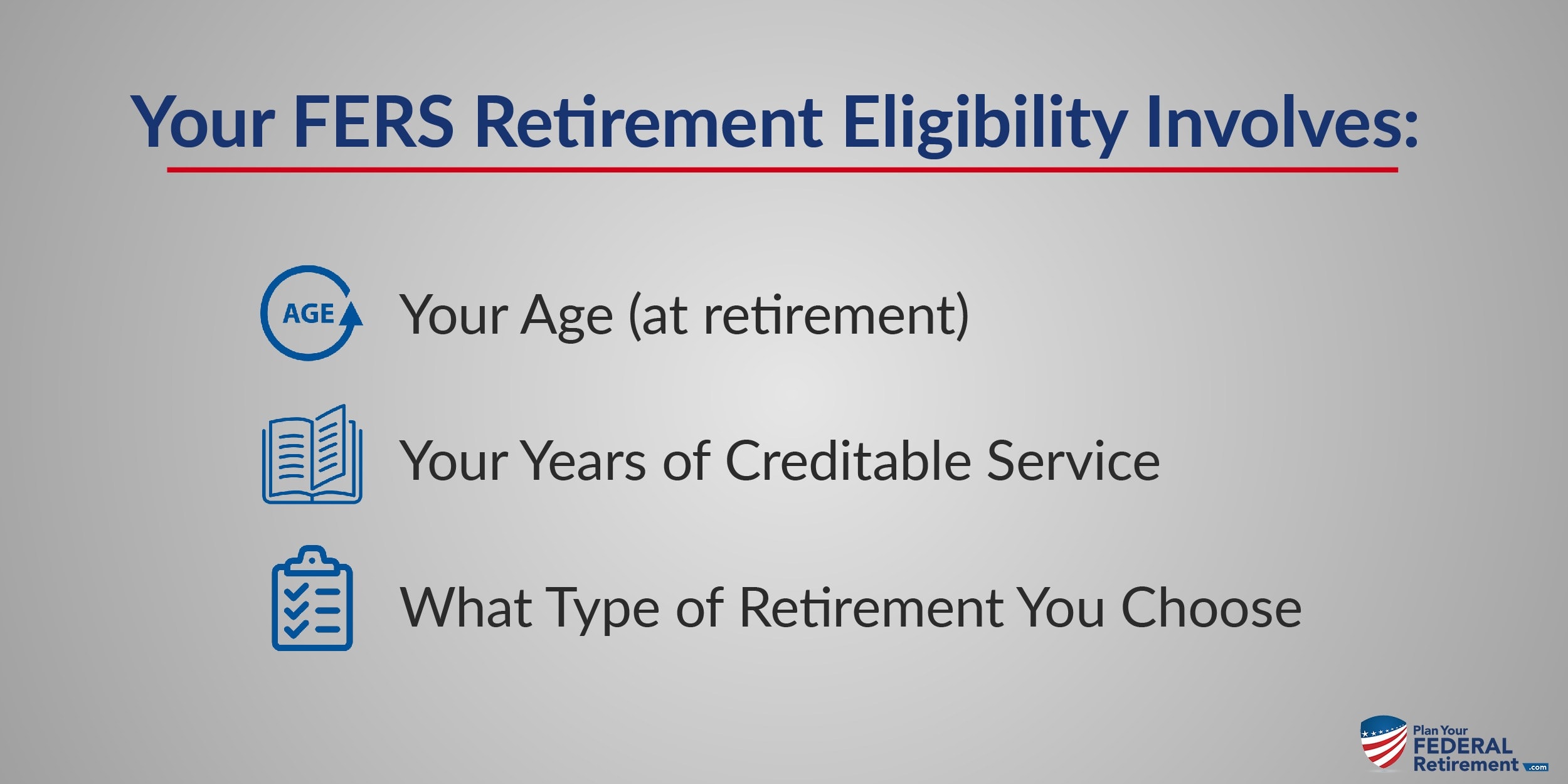 Source: plan-your-federal-retirement.com
Source: plan-your-federal-retirement.com
Age 62 or older at separation with 20 or more years of service. Your multiplier will be 1% unless you retire at age 62 or older with at least 20 years of service, at which point your multiplier would be 1.1% (a 10% raise!). The fers basic annuity formula is actually pretty simple, and is based on your salary and years of service. Age 62 or older at separation with 20 or more years of service. Age 62 or older with less than 20 years of service.
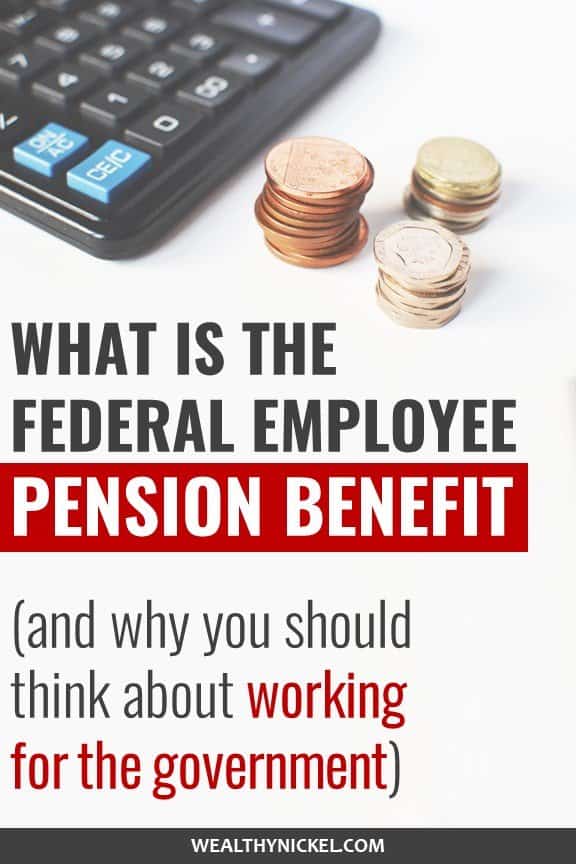 Source: wealthynickel.com
Source: wealthynickel.com
This bump in pension is often the incentive that many feds need to work just a bit longer. Age 62 or older at separation with 20 or more years of service. This bump in pension is often the incentive that many feds need to work just a bit longer. Under age 62 at separation for retirement, or. And if you retire at age 62 or older with 20+ years of service, you get a slight bonus (1.1% multiplier vs.
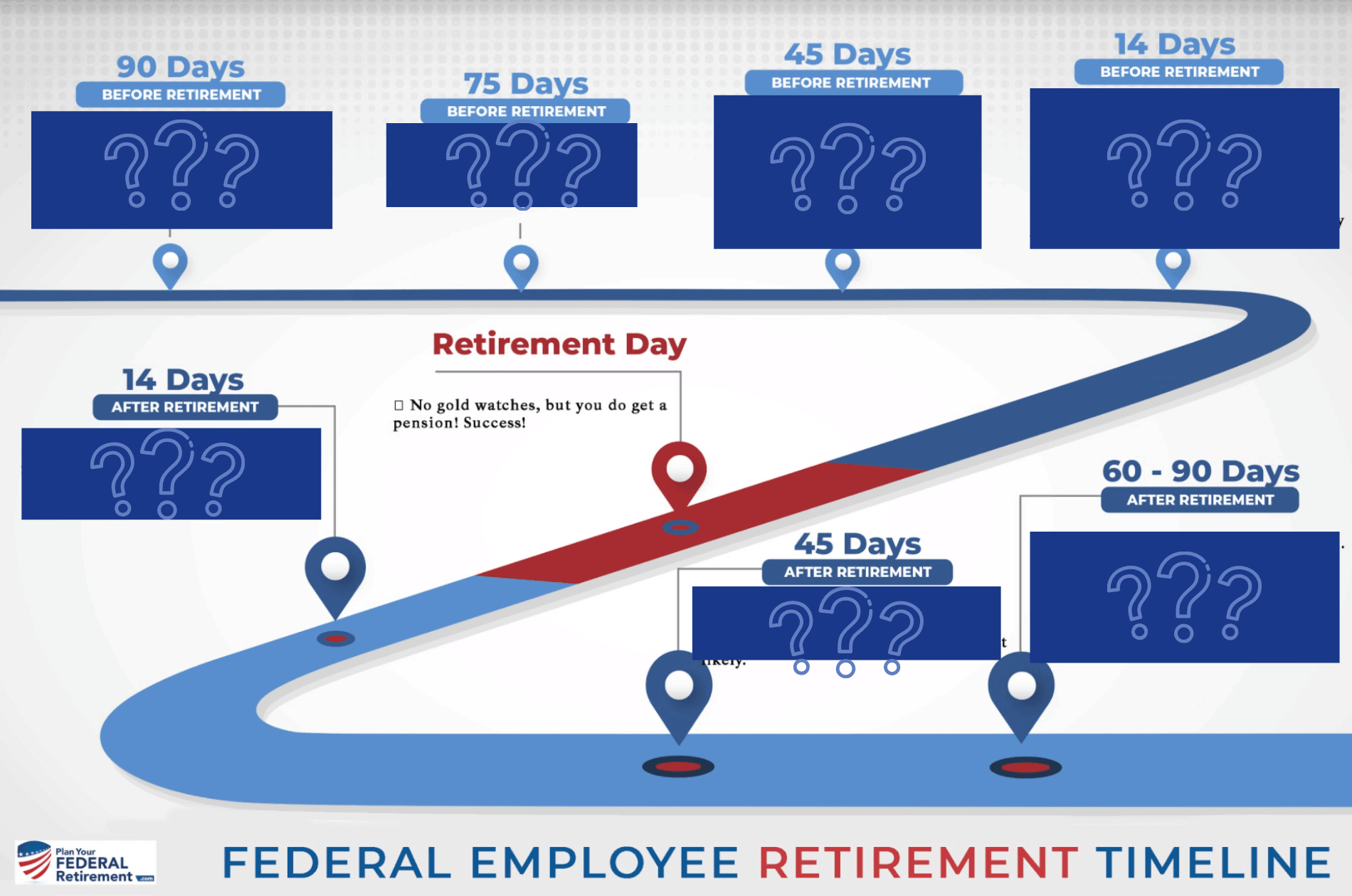 Source: plan-your-federal-retirement.com
Source: plan-your-federal-retirement.com
Your multiplier will be 1% unless you retire at age 62 or older with at least 20 years of service, at which point your multiplier would be 1.1% (a 10% raise!). The fers basic annuity formula is actually pretty simple, and is based on your salary and years of service. Age 62 or older at separation with 20 or more years of service. Your multiplier will be 1% unless you retire at age 62 or older with at least 20 years of service, at which point your multiplier would be 1.1% (a 10% raise!). This bump in pension is often the incentive that many feds need to work just a bit longer.
This site is an open community for users to share their favorite wallpapers on the internet, all images or pictures in this website are for personal wallpaper use only, it is stricly prohibited to use this wallpaper for commercial purposes, if you are the author and find this image is shared without your permission, please kindly raise a DMCA report to Us.
If you find this site beneficial, please support us by sharing this posts to your preference social media accounts like Facebook, Instagram and so on or you can also save this blog page with the title fers retirement calculator by using Ctrl + D for devices a laptop with a Windows operating system or Command + D for laptops with an Apple operating system. If you use a smartphone, you can also use the drawer menu of the browser you are using. Whether it’s a Windows, Mac, iOS or Android operating system, you will still be able to bookmark this website.






